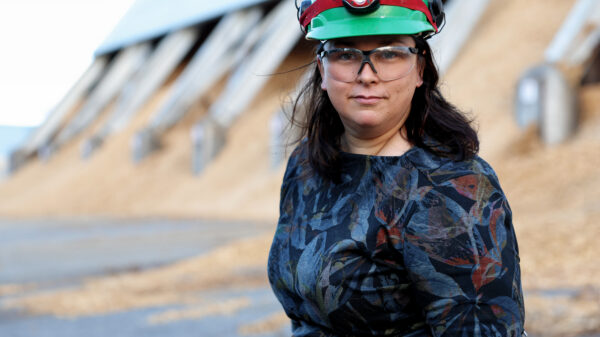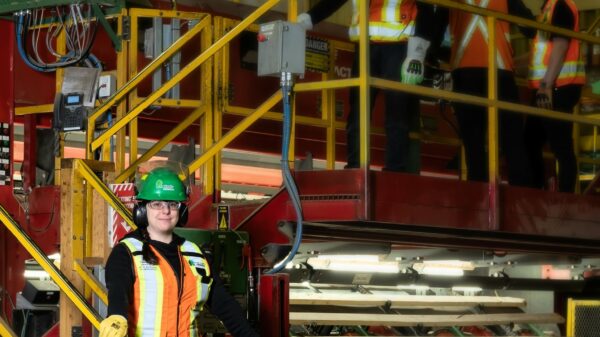Have you heard about Carlsberg’s plans to develop wood-based beer bottles? What about the wine bottles made of compressed recycled paper on some U.S. store shelves or multi-storey wood buildings being constructed around the world?
Behind these moves toward more sustainable packaging is an important idea: more companies and consumers are connecting sustainability and forest products.
And that’s the idea behind the latest factsheet on paper from Two Sides.
 PRINT AND PAPER’S ENVIRONMENTAL STORY. Two Sides is a global initiative launched by the graphic communications industry (from forest products companies like us to printers, publishers and even postal operators) to tell print and paper’s environmental story.
PRINT AND PAPER’S ENVIRONMENTAL STORY. Two Sides is a global initiative launched by the graphic communications industry (from forest products companies like us to printers, publishers and even postal operators) to tell print and paper’s environmental story.
On their website, for example, there are resources for anyone looking to learn about the sustainability of paper. That’s where you can download the latest factsheet Print and Paper: The Facts, which outlines paper’s inherent and unique features as a sustainable material.
A HIGHLY RENEWABLE SOURCE. Citing a list of 18 facts from a variety of different sources, the downloadable two-page document starts on familiar (to us) ground. It talks about how paper made from trees uses a highly renewable resource and the sustainable harvest rates in Canadian and U.S. forests.
But much of what makes paper such an important green resource also has to do with how it is managed, its role in storing carbon (which mitigates greenhouse gas emissions – GHG) and all of the sound energy practices that are a part of making paper.
Here are five of the many things that make paper a truly sustainable product:
- Forest certification is widely seen as the most important initiative of the last decade to promote better forest management (just a reminder: 100% of the forests we manage are certified to internationally-recognized standards!).
- In 2014, forest and paper products facilities accounted for 62% of the renewable biomass energy consumed by all U.S. manufacturing facilities – in all sectors.
- In Canada, the Canadian forest products sector decreased GHG emissions by 79% since 1990 by lessening our reliance on fossil fuel, increasing energy efficiency and reducing energy use (Resolute alone has reduced GHG emissions by 70% over 2000 levels as of 2014).
- At a global level, GHG emissions from the forest products industry are largely offset by the carbon storage provided by wood, paper and other by-products.
- In North America, paper is recycled more than any other commodity in the municipal solid waste stream.
Want more facts – and just the facts? Download Print and Paper: The Facts.






